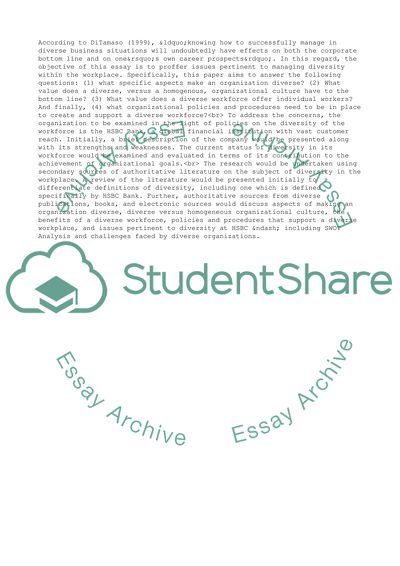Cite this document
(Managing Diversity within the Work Place Research Paper, n.d.)
Managing Diversity within the Work Place Research Paper. Retrieved from https://studentshare.org/management/1740670-managing-diversity-within-the-work-place
Managing Diversity within the Work Place Research Paper. Retrieved from https://studentshare.org/management/1740670-managing-diversity-within-the-work-place
(Managing Diversity Within the Work Place Research Paper)
Managing Diversity Within the Work Place Research Paper. https://studentshare.org/management/1740670-managing-diversity-within-the-work-place.
Managing Diversity Within the Work Place Research Paper. https://studentshare.org/management/1740670-managing-diversity-within-the-work-place.
“Managing Diversity Within the Work Place Research Paper”, n.d. https://studentshare.org/management/1740670-managing-diversity-within-the-work-place.


